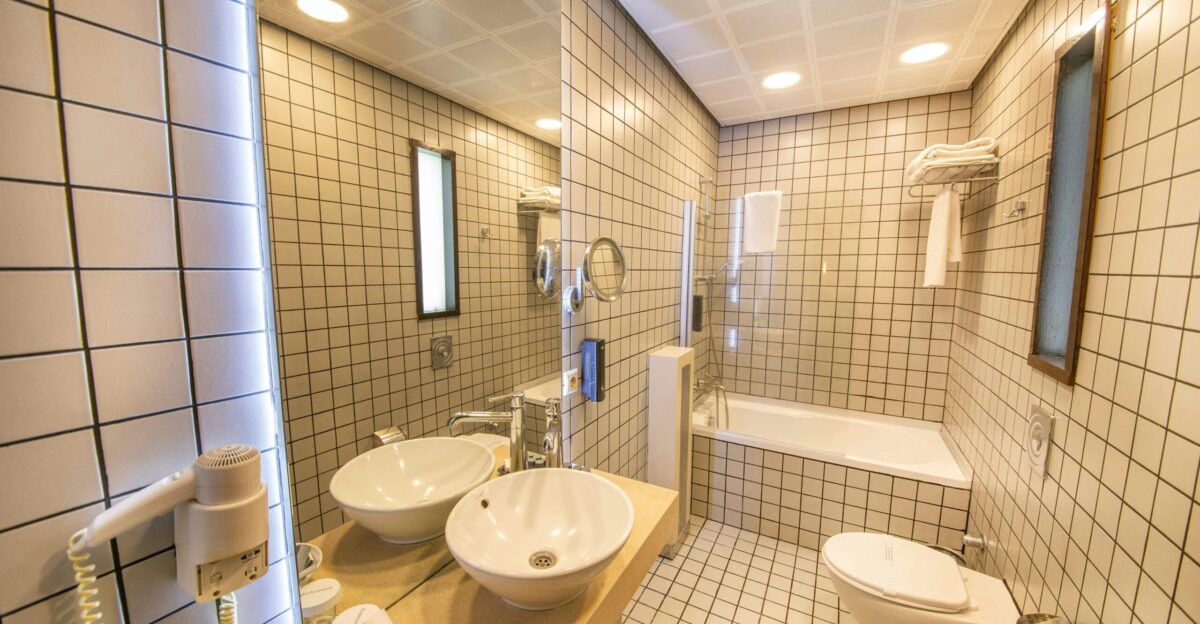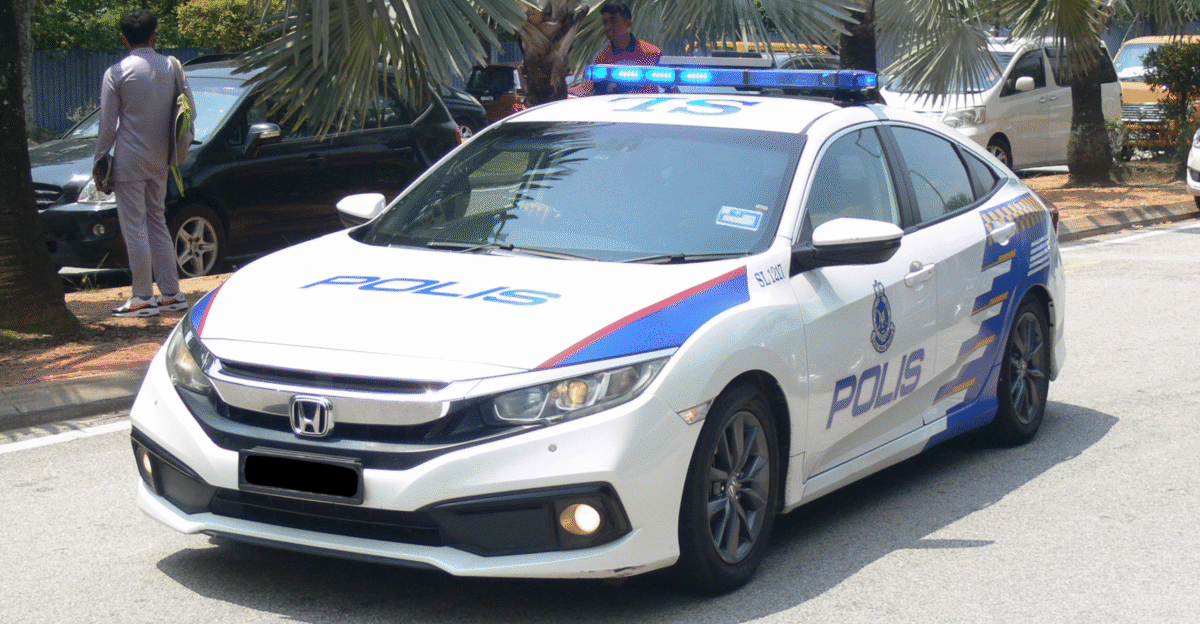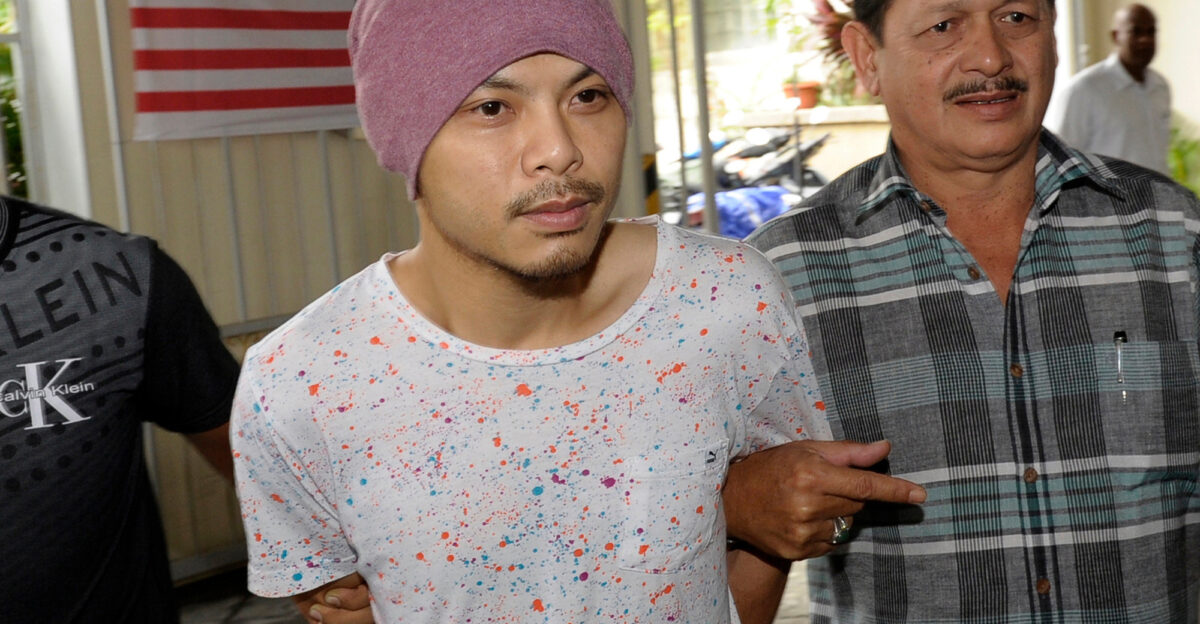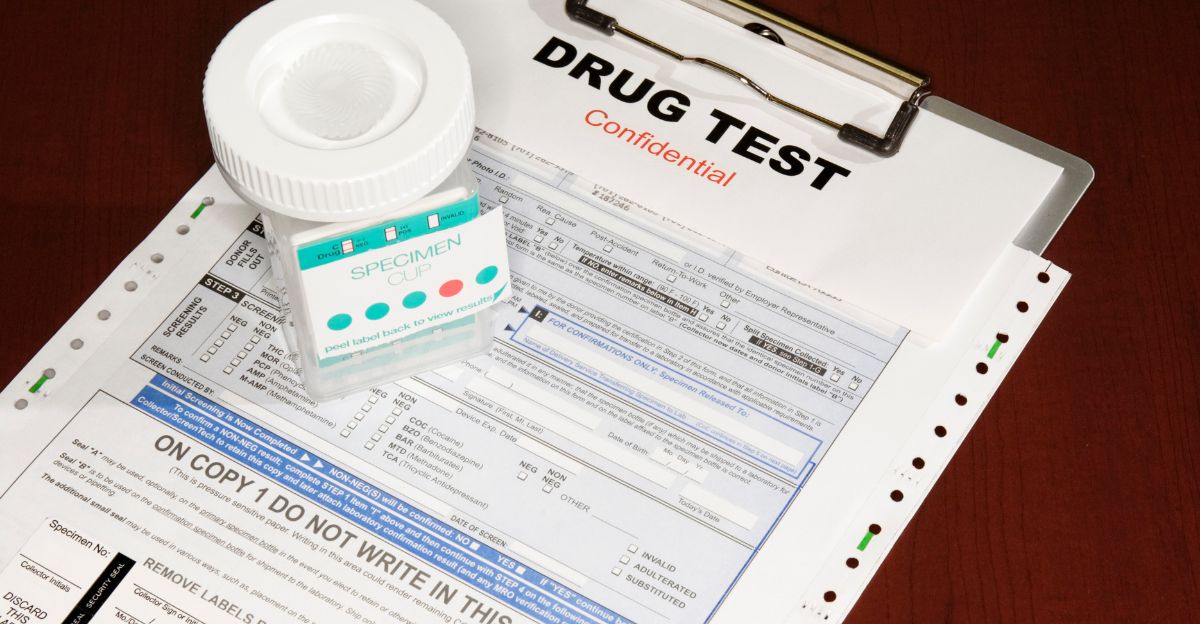
A high-profile case grips Malaysia and Taiwan. Malaysian rapper Namewee, 42, is central to the investigation after Taiwanese influencer Iris Hsieh, 31, was found dead in a Kuala Lumpur hotel bathtub on October 22, 2025. Her death stunned millions across social media.
Namewee pledged, “I will not run away. I will fully cooperate with the police to provide answers to the public and the bereaved family.” Public attention is intense, with entertainment and law enforcement under the spotlight. The circumstances in that hotel room remain mysterious, sparking questions about what really happened that day.
International Spotlight Intensifies

The death of a 31-year-old influencer has drawn international headlines. Iris Hsieh commanded 545,000 Instagram followers and 349,000 Facebook followers, while Namewee boasts 3.65 million YouTube subscribers and 856,000 Instagram followers. The public demands transparency as authorities face pressure to explain the events.
Malaysia’s Attorney-General stated, “There is no evidence that shows the suspect was involved in causing the influencer’s death,” signaling a dramatic investigative shift. But with millions watching globally, the case continues to captivate audiences, raising questions about celebrity accountability and the safety of international collaborations.
Namewee: A Controversial Figure

Wee Meng Chee, known as Namewee, has built an 18-year career on provocative music and outspoken views. His 2007 parody of Malaysia’s national anthem “Negarakuku” nearly cost him citizenship. He has 3.65 million YouTube subscribers and multiple Golden Melody nominations in Taiwan.
Arrested seven times for prior controversies, he insists, “I have never fled.” His 2021 song “Fragile” mocking Chinese nationalists earned a permanent ban from mainland China. Past incidents kept him visible, yet none have drawn the international scrutiny this case has. The next slide explores the pressures facing influencers like Hsieh.
Influencer Culture Under Scrutiny

Iris Hsieh, known as the “Nurse Goddess,” blended nursing credentials with a thriving online presence, including OnlyFans earnings estimated between $500K–$2M. Her success represents a new generation of digital entrepreneurs navigating high-stakes international work.
Her sudden death raises urgent questions about risks young influencers face when traveling alone for collaborations with established figures. The industry now questions how fame, finance, and personal safety intersect, highlighting vulnerabilities in international content creation.
The Shocking Discovery

Hsieh arrived in Malaysia on October 20, 2025, for a four-day project with Namewee. On October 22, he called emergency services after finding her unresponsive in their hotel bathroom at 12:30pm, attempting CPR before help arrived.
Malaysian police found nine blue pills weighing 5.12 grams, suspected ecstasy. Namewee was taken into custody under initial drug charges. The discovery sparked immediate murder investigations, raising critical questions about what led to her death and the exact circumstances in the hotel room.
Regional Impact: Malaysia and Taiwan

The case strained Malaysia-Taiwan relations. Malaysian police led the investigation, while Taiwan activated local offices to assist Hsieh’s family. The victim’s family, unable to travel due to severe disabilities, relied on legal representatives and bodyguards to manage affairs.
Cross-border legal complexities have intensified scrutiny. Both governments monitor proceedings closely, weighing public pressure against procedural fairness. This situation highlights the challenges of international cooperation when high-profile deaths involve citizens abroad.
Human Toll: Families and Fans

Hsieh’s family mourns while fans question what happened. Her manager, Chris, demanded clarity, stating, “What are you hiding?” Namewee’s supporters are also reeling, struggling to reconcile admiration with allegations.
On November 5, Namewee turned himself in at 1:10am, posting, “I have now arrived at the police station, and from here on, I will fully cooperate.” The intense attention spans continents, leaving families and fans grappling with grief and confusion.
Law Enforcement Response

Malaysian police detained Namewee and began full investigation. On October 24, he faced charges under Sections 39A(1) and 15(1)(a) of the Dangerous Drugs Act for possession and use.
By November 4, the case shifted from “sudden death” to murder. Forensic analysis, CCTV reviews, and toxicology were initiated to establish cause of death. The complexity of evidence suggests the investigation will be closely scrutinized by both public and legal observers.
Social Media’s Role & Massive Reach

Namewee and Hsieh’s combined following exceeds 4.5 million. Namewee commands 1.86 billion YouTube views across 1,340 videos, while Hsieh ranks in top OnlyFans creators in Taiwan. Public reaction has surged across YouTube, TikTok, Instagram, and WeChat.
Within two weeks, speculation generated 50–100 million impressions. Social media is shaping narratives, fueling debate on accountability and digital justice, while amplifying every new development. The next slide examines key developments in drug testing.
Drug Test Results Revealed

Police revealed Namewee tested positive for amphetamines, methamphetamine, ketamine, and THC simultaneously. Research shows polydrug combinations carry an 80–95% likelihood of severe impairment or blackouts.
Namewee denies use, stating, “I did not take drugs, nor did I possess any. At most, I’ve just been drinking a little more lately.” Pending toxicology for Hsieh may shed light on substance involvement and memory loss theories.
Public Frustration Mounts

The two-week gap between Hsieh’s death and murder classification sparked public criticism. Fans demand swift justice, while social media theories range from accidental overdose to foul play.
Malaysia’s Home Minister defended investigative procedures. Hsieh’s Instagram became a battleground for grieving fans and Namewee supporters. Public outrage continues to grow, raising questions about whether celebrity cases are handled with consistency and fairness.
Shifting Narratives

As the investigation unfolds, Namewee’s and Hsieh’s images face scrutiny. His controversial past contrasts with her entrepreneurial rise from nursing to content creation.
Police disclosed a “special relationship” between them on November 11, shifting speculation toward personal dynamics. Emerging facts challenge assumptions and feed evolving media narratives, keeping global audiences intrigued about the truth behind October 22.
Attempts at Damage Control

Namewee’s team emphasized voluntary cooperation, citing past compliance: “I have never fled.” Legal arguments sought bail, stressing procedural fairness.
The influencer community supports Hsieh’s family and advocates safer international working conditions. Calls for accountability and safety protocols reflect broader industry concerns. These efforts may shape future prevention strategies for similar collaborations across borders.
Expert Opinions Divided

Legal analysts debate outcomes, citing cross-border complexity and pending toxicology. Public scrutiny from 4.5+ million followers may influence proceedings.
The Attorney-General’s statement, “no evidence that shows the suspect was involved in causing the influencer’s death,” raised questions about potential charges. Experts caution that international attention could complicate the case further. Upcoming toxicology results may redefine perspectives entirely.
What Comes Next?

Toxicology results are expected in three months. Namewee’s next police reporting is scheduled for November 26, 2025, and his drug trial on December 18, 2025.
Questions remain: Were drugs involved in Hsieh’s death? How did Namewee test positive for four substances? Public speculation continues as authorities balance transparency and due process. The outcome may reshape perceptions of influencer safety.
Political Implications

Lawmakers in Malaysia and Taiwan discuss enhanced protections for foreign nationals. Taiwan reviews travel advisories and industry safety standards.
Malaysia faces pressure to demonstrate fairness in high-profile cases. This incident, linking a Malaysian rapper to a Taiwanese influencer’s death, is unprecedented in Asian entertainment, potentially influencing future policies and diplomatic relations across the region.
International Repercussions

Global media scrutiny places Malaysia’s justice system in the spotlight. Human rights groups monitor fairness, affecting Malaysia’s reputation as a safe destination.
Historical parallels, like Whitney Houston’s 2012 bathtub death with drugs, highlight risks. Observers question whether polydrug combinations increase drowning likelihood. International comparisons intensify calls for transparency and thorough investigation in high-profile celebrity deaths.
Legal Complexities

Multiple jurisdictions complicate proceedings. Malaysian authorities lead, Taiwanese representatives assist the family, and China-based fan interests may also factor in.
Extradition, evidence sharing, and differing laws prolong investigation. Hsieh’s family cannot travel due to disabilities, requiring local legal representation. Parallel drug and murder charges create overlapping timelines, demanding careful coordination between international authorities.
Cultural Reflections

The tragedy sparks discussion on influencer pressures, mental health, and public figure responsibility. OnlyFans earnings of $500K–$2M create incentives that may override safety.
Namewee’s controversial 18-year career prompts questions about risk in provocative artistry. Social media amplifies judgment, rumors, and theories, showing how digital fame can intensify personal and professional vulnerabilities, especially for young women in the industry.
Lessons and Legacy

The case underscores risks in digital fame, influencer safety, and international collaboration. Accountability, transparency, and emergency protocols are key lessons.
Namewee faces his most critical career test. Hsieh’s legacy becomes a cautionary tale about influencer vulnerability. With 4.5+ million followers watching, Malaysia and Taiwan’s handling of the case tests diplomatic and judicial credibility, leaving global audiences anticipating justice.


